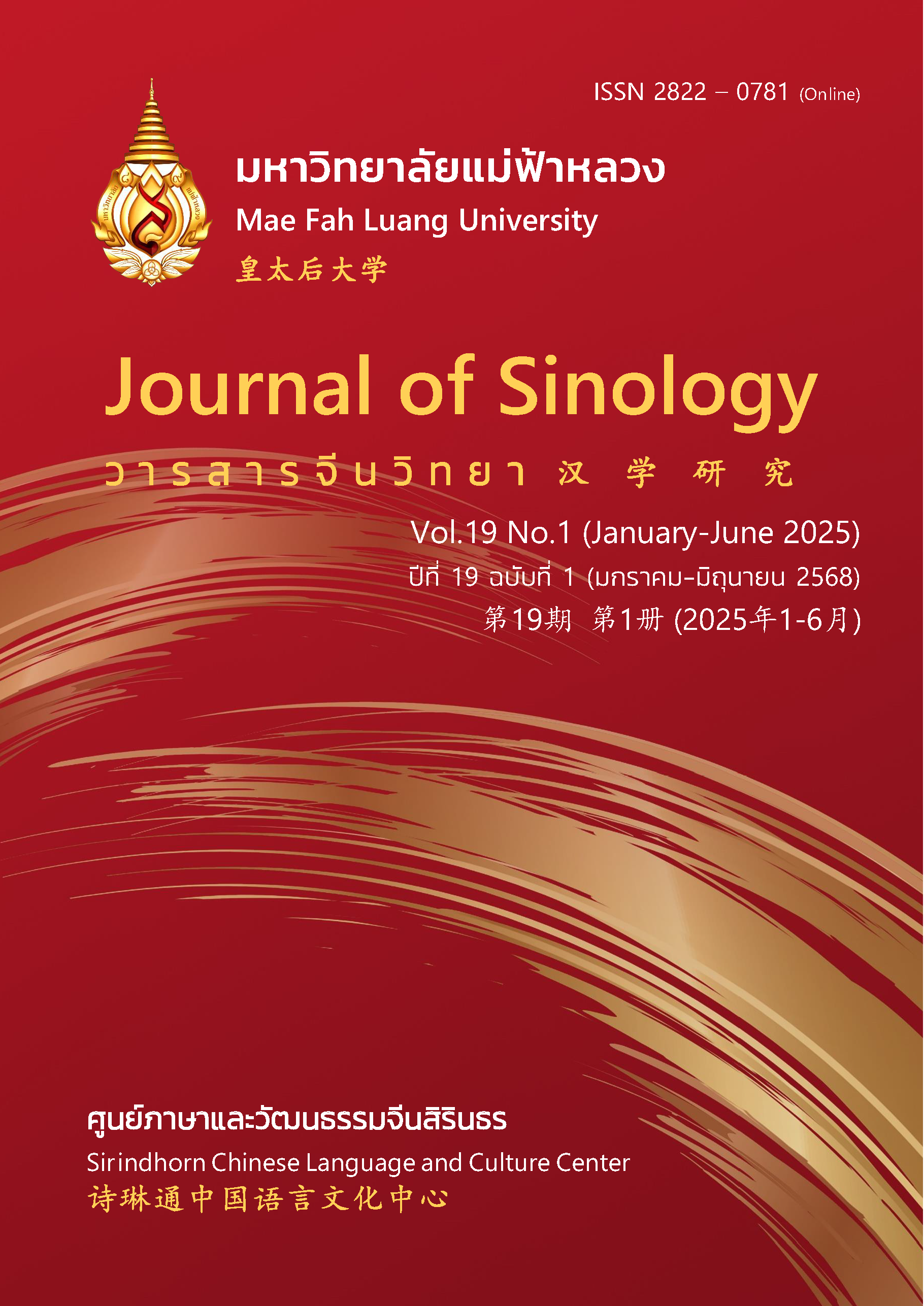A Study on the English Translation Strategies of Chinese Culinary Vocabulary in the Context of Cultural Vacancy
Keywords:
Cultural Vacancy, Chinese Culinary Culture, Culinary Culture vocabulary, English-Chinese Translation StrategiesAbstract
Due to the differences between Chinese and Western cultures in terms of regional environment, social customs, religious beliefs, and other aspects, the phenomenon of "Cultural vacancy" will arise in the process of cultural communication and exchange. Culinary culture is an indispensable part of Chinese and Western cultures. In the process of spreading and translating Chinese culinary culture, the phenomenon of cultural omission and vocabulary vacancy often occurs, and this "Cultural vacancy" will cause obstacles in translation. This study analyzes the English translation strategies of Chinese culinary culture vocabulary in five aspects, namely, cooking methods, names of condiments, the eight cuisines and their representative dishes, tea culture, and wine culture in Chapter 8 of A Glimpse of Chinese Culture, edited by Liao Huaying. It is found that under the cultural vacancy, the literal translation, transliteration, and free translation will lead to cultural misunderstandings and a lack of cultural connotations. It is necessary to carry out assimilation or foreignization strategies according to the characteristics of culinary culture vocabulary, and add explanations or pictures to assist on this basis, aiming to restore the cultural connotation of the source language to the maximum extent by using compensatory strategies.
References
Bai, J.Y. (2010). Culture and Translation (revised version). China Social Sciences Press. (in Chinese)
Guan, S.J. (1995). Cross-cultural communication: The knowledge of improving the ability of foreign exchange. Peking University Press. (in Chinese)
Hu, J.Y. (2022). Research on food culture translation in the perspective of intercultural communication. Journal of Hubei Open Vocational College, (11), 181-182. (in Chinese)
Ji, L. (2022). Cultural vacant words and translation countermeasures in Chinese and English translation. Chinese Character Culture, (24), 159-161. (in Chinese)
Lai, Y. (2019). Exploration on the translation compensation strategy of Hantai under the cultural vacancy. Comparative Research on Cultural Innovation, (04), 100-101. (in Chinese)
Li, M.J. (2018). A study on English Translation of Miao people’s dietary culture in Guizhou from the perspective of cultural translation [Master's thesis]. Guizhou Minzu University. (in Chinese)
Li, X.Y., & Gao, H.W. (2023). Adhere to the cultural confidence in the inheritance of Chinese food culture--Comment on “Chinese Food Culture (second edition)”. Journal of Food Safety and Quality Testing, (07), 326. (in Chinese)
Liang, W.Y. (2022). A report on C-E translation of Guangxi food & culture (excerpt) under the guidance of Susan Bassnett’s cultural translation theory [Master's thesis]. Guangxi Normal University. (in Chinese)
Liu, H.Y. (2015). An introduction to Chinese culture (revised edition). Foreign Language Education and Research Press. (in Chinese)
Liu, S., & Qi, W.H. (2024). The English translation of Chinese idioms under the guidance of domestication and foreignization. English Square, (22), 23-26. (in Chinese)
Venuti, L. (1995). The translator's invisibility: A history of translation. Routledge.
Wu, P. (2013). Chinese food culture (second edition). The Chemical Industry Press. (in Chinese)
Wang, Q. (2023). Foreignization and domestication in cross-cultural translation. Public Relations, (08), 106-108. (in Chinese)
Wang, W.Y. (2023). Research on the external publicity and translation of Huizhou food culture. Overseas English, (11), 35-37. (in Chinese)
Xu, G.X. (2022). Translation of Chinese dishes and teaching of food culture from the perspective of cross-cultural communication [Master’s thesis]. Hangzhou Normal University. (in Chinese)
Xu, Z.W. (2024). A comparative study of domestication and foreignization strategies in English-Chinese translation. Journal of Qiqihar University (Phi & Soc Sci), (06), 138-142. (in Chinese)
Yang, Y. (2022). Reasons and Solving Strategies of Cross-cultural Communication Barriers under the Perspective of Vacancy Theory. Proceedings of the 12th East Asian Chinese Teaching Graduate Forum and the 15th Graduate Academic Forum on Teaching Chinese as a Foreign Language. 309-315. (in Chinese)
Zang, Y. (2015). On the application of Communicative Approach in the Translation of Chinese Cuisine--A Case Study of Suzhou Cuisine [Master's thesis]. Soochow University. (in Chinese)
Zhang, L. (2023). Chinese traditional food culture and English translation. Shanghai Light Industry, (02), 88-90. (in Chinese)
Zhou, L. (2020). On the bridging method of vacancy theory and cross-cultural communication. Modern Communication, (08), 66-67. (in Chinese)
Zhu, F.Y., & Gu, L. (2017). English-Chinese culture and translation exploration. Beijing Institute of Technology Press. (in Chinese)
Zhu, L.L. (2022). Translation strategy and translation method of cultural vacant words in external publicity translation. Cultural Journal, (01), 48-51. (in Chinese)



